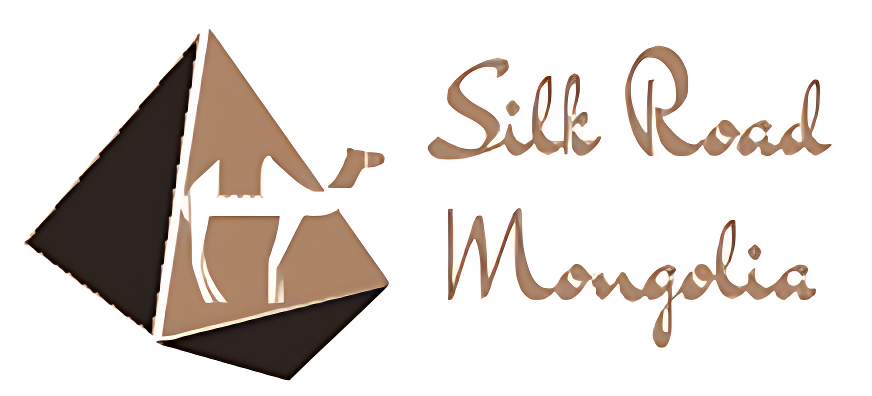Blog
Difference Between Mongolian and Chinese Clothing

The two main types of clothing in Mongolia are the Chinese and the Mongols. Chinese clothes are known as guffi, whilst Mongolian clothes are called bodegas. The main difference between these two is that Mongols traditionally wear their clothes all year round while Chinese clothing is only worn during certain times of the year such as at funerals, celebrations and weddings. However, there are some exceptions when the Chinese are seen wearing their clothes.
There is a vast difference between Chinese clothes and those made in Mongolia. One thing that you will notice is that the Mongolian clothes are much darker than the Chinese clothes. They are also thicker than the Chinese clothes. Their clothing has no buttons as well, which makes them different from the Chinese clothes. Also, there are no frills on the clothes unlike the Chinese whose clothes have many frills.
The design of the clothing line is also different. The Chinese clothing has more geometric designs whereas the Mongols’ clothing line is more realistic. The most common designs seen on the clothing lines are stars, golden rays, dragon, animal designs and flowers. The Chinese star clothing symbolizes luck and good fortune, whereas the dragon symbolizes strength and masculinity. Other symbols include the tiger, bear and the lion.
The length of the clothes in the Chinese clothing line is also different. They tend to be shorter than the Mongolian clothing. This is because the Mongolians are nomadic people and their lifestyle does not allow them to keep clothing long. However, the Chinese also have a preference for trousers that reach the ankles. They also like it when a man can see all parts of a woman’s body which is not seen in the Mongolian culture. The most popular type of trousers is the pants that reach the ankles and then continue to the thighs.
The material used in the Chinese clothing is also different. They prefer fabric that is softer and lighter than that used in Mongolia. Cotton is one of the most popular materials in the Chinese clothing. Lighter fabrics are preferred in the winter season, whereas heavier fabrics are used during summer season. The materials also help them to cool quicker than the Mongolians.
Another difference that can be seen in the Chinese clothing is the price. The prices in the Chinese clothing line are lower than that of the Mongolian clothing. This is because the Chinese are less competitive in terms of pricing. Also, the materials are cheaper in China and so the prices are also lower. The most popular types of clothes that are made in China are the pants, dresses and shirts.
There is a difference between Chinese clothing and Mongolian clothing. The most obvious difference is in terms of comfort. The Mongolian clothes are designed to be very warm in the winter season. But the fabric used in Chinese clothes are more relaxed and comfortable than that in the Mongolian clothes.
You will not find many differences in the price between the Chinese clothing and the Mongolian clothing. The main difference that you might find is that the Chinese clothes are a bit tight around the waist. The materials used are also usually thicker than that in the Mongolian clothing.
The cost of the clothing depends on the materials used and the designs. The price will also depend on the fashion in which the clothes are designed. The modern Chinese clothes are designed more according to western trends. The designs are also influenced by western fashion.
When buying the Chinese clothing, make sure that it is made from good quality fabrics. Some of the cheaper fabrics used in the Chinese clothes might cause skin allergies or irritations. Most of the Chinese clothing are made with polyester. Polyester is a man made fiber that has some advantages over cotton and wool.
A lot of the clothing designs are inspired by western pop culture. Most of the Chinese clothes are made by local designers. However, there are also many well known national designers in China. The best designers of Chinese clothing are those who have gained a reputation abroad. They usually set up their own label in order to get a good international recognition.
